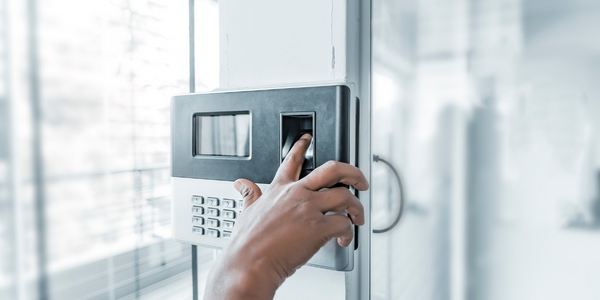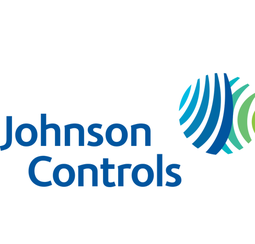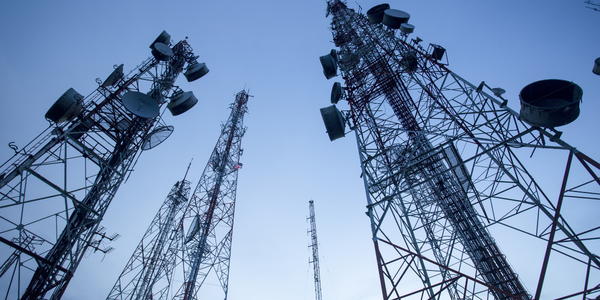
- Automation & Control - Automation & Process Control Systems
- Telecommunications
- Facility Management
- Building Energy Management
Ericsson required a new chiller solution to replace the three outdated Trane chillers that supplied the data centre’s cooling. For the new retrofit, the company needed a solution with tangible results, high reliability, as well as a centralized support and no downtime during the project.
As technology is upgraded continuously, the load profile of a data centre evolves. To get clear insight into the requirements of the Athlone site, Johnson Controls performed a detailed energy audit, taking into account future demands. Thanks to the audit, Johnson Controls calculated the baseline of the cooling requirements and delivered a reliable prediction on true energy savings. It allowed them to propose a total turnkey solution centered around the YVAA high efficiency chiller and the plus dry-cooler. This solution supported by the elaborated results of the survey, convinced Ericsson to assign the project to Johnson Controls. In November 2013, Johnson Controls started the implementation of two YVAA chillers and one dry cooler, 600kW each, with one chiller serving as back-up. Thanks to this back-up chiller, Ericsson can do loose maintenance on either machine without any disruption. The Building Management System (BMS) was also upgraded to ensure full-automated control of the cooling system. Another advantage is that the BMS allows the measurement of energy savings and performance in real-time. To centralize the support and coordination of the project, Johnson Controls assigned a dedicated project manager to the project. Thus facilitating the communication and on-site support with Ericsson and allowing short response time in case of emergency, now and in the future.

Case Study missing?
Start adding your own!
Register with your work email and create a new case study profile for your business.
Related Case Studies.













